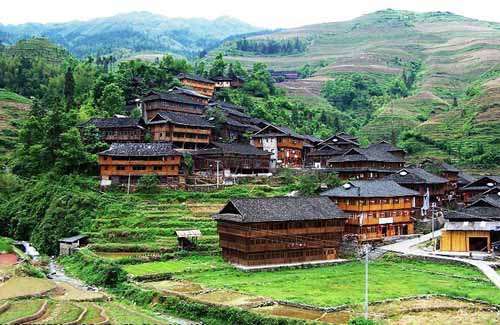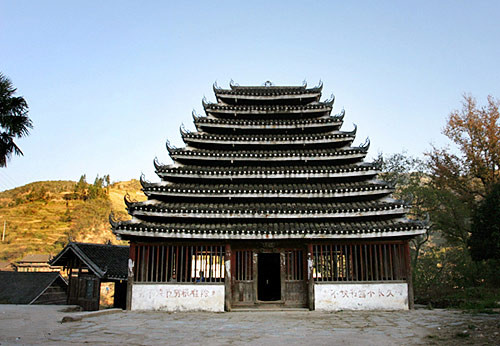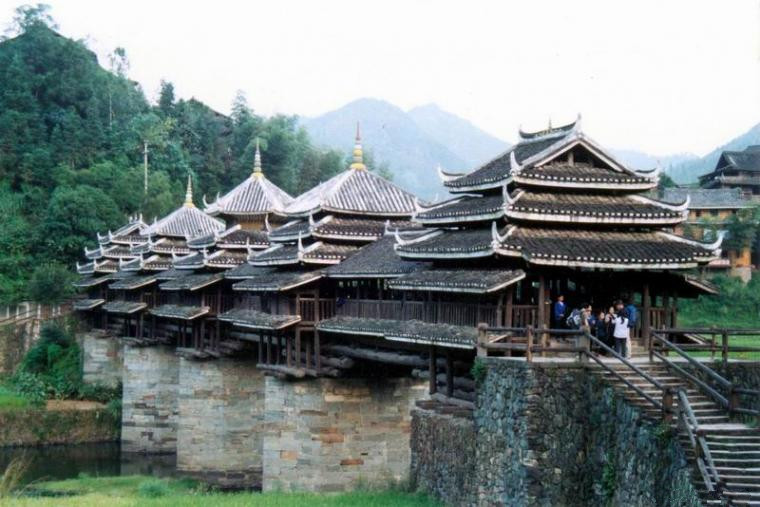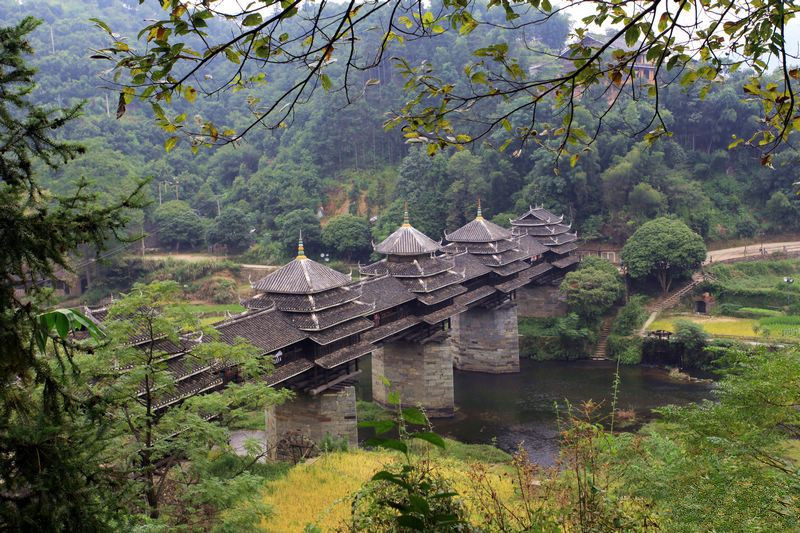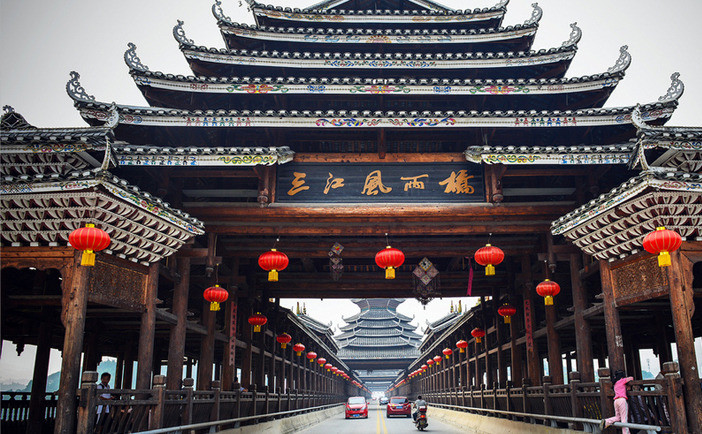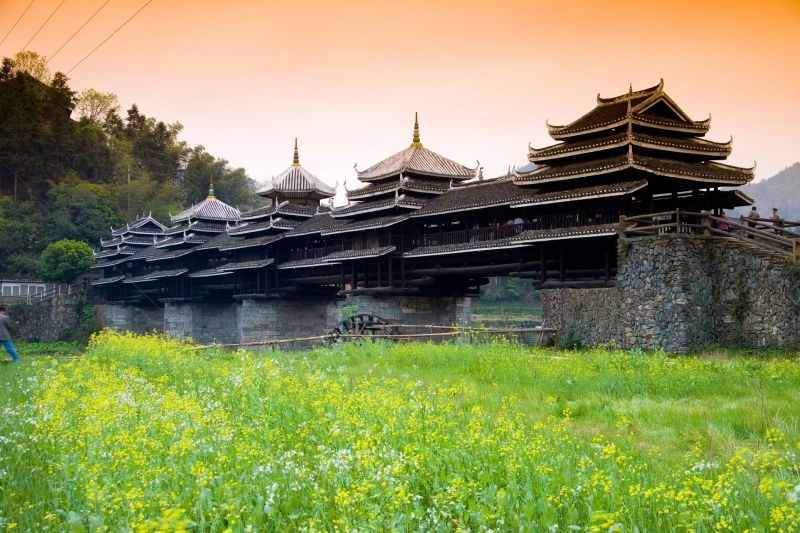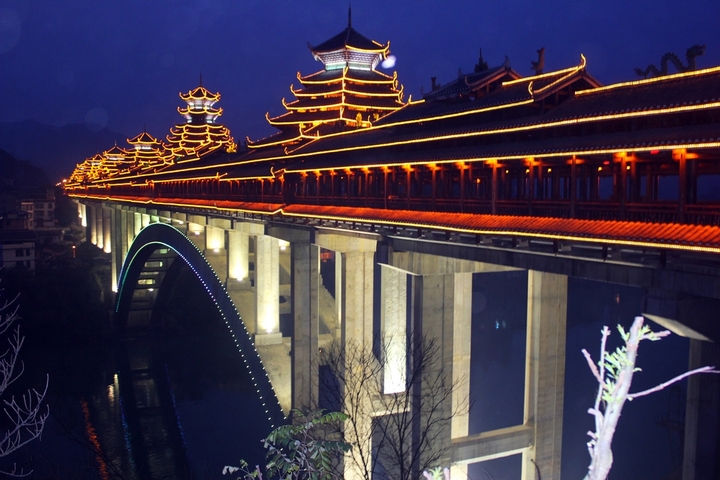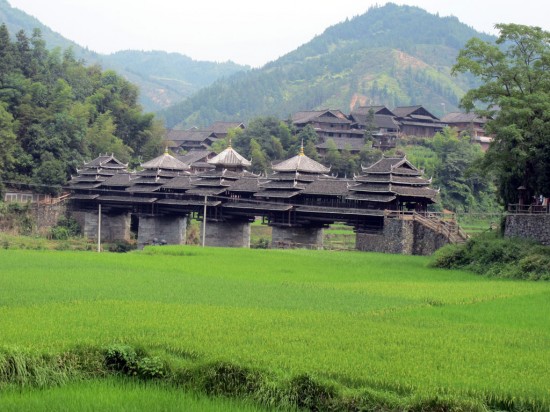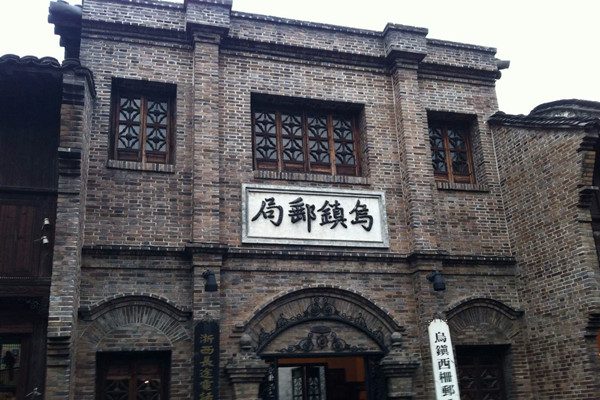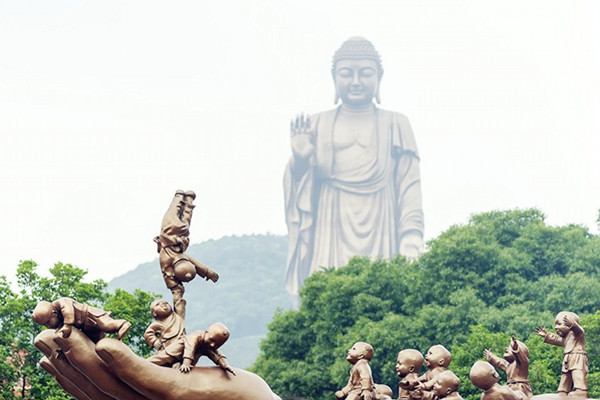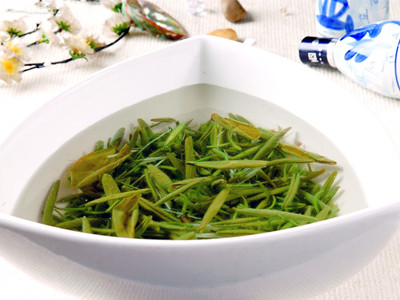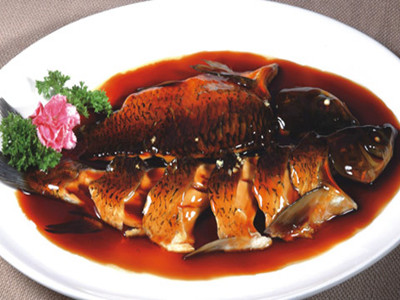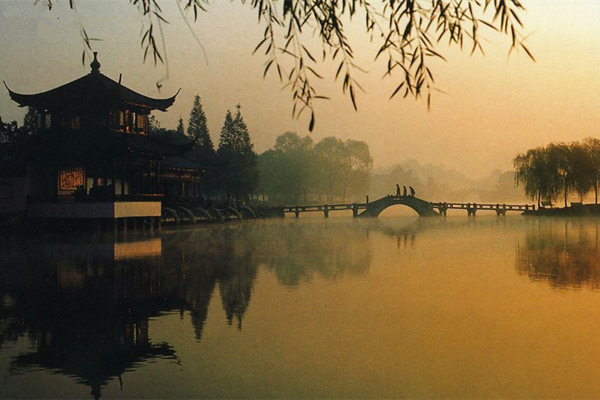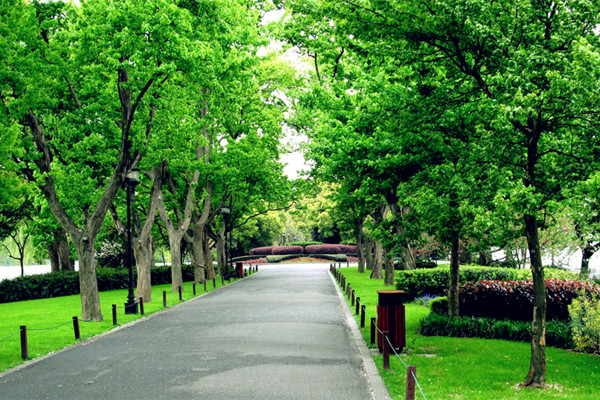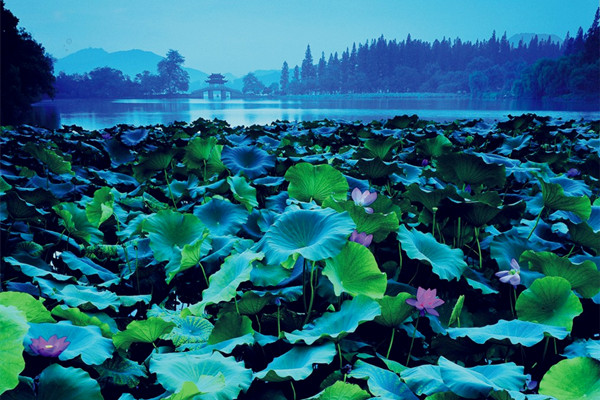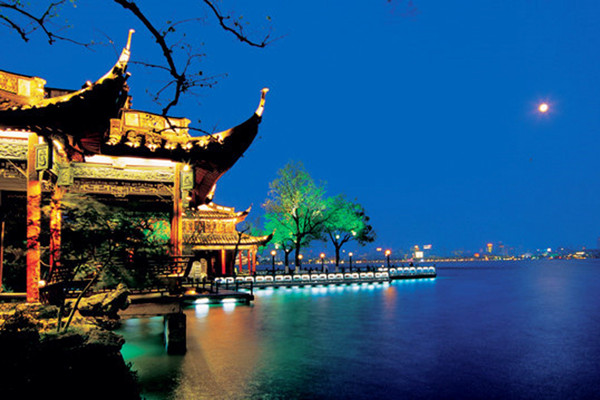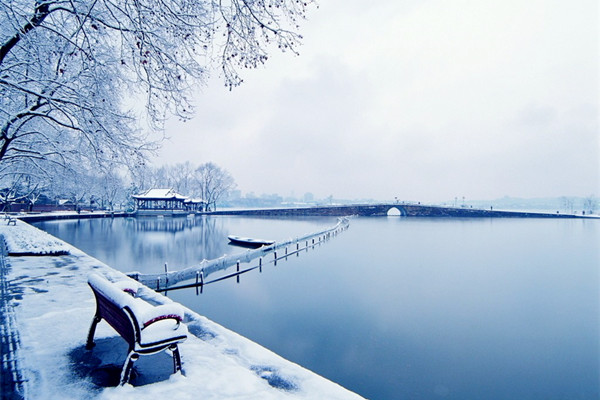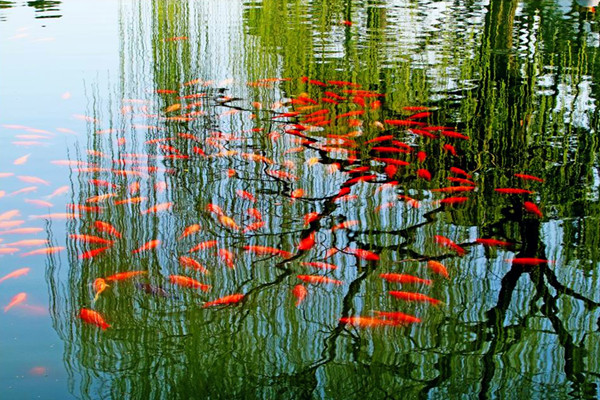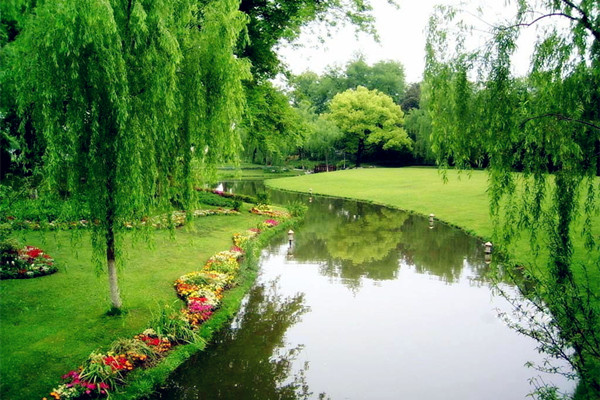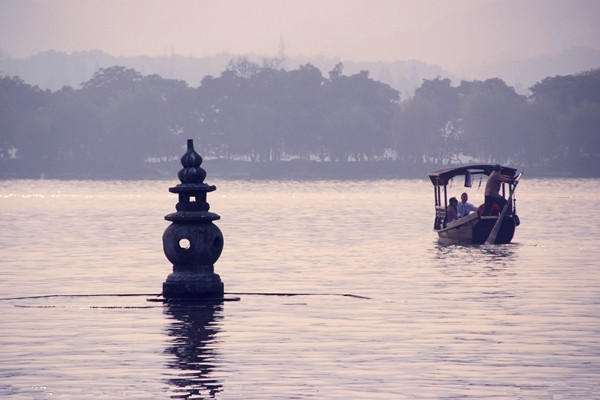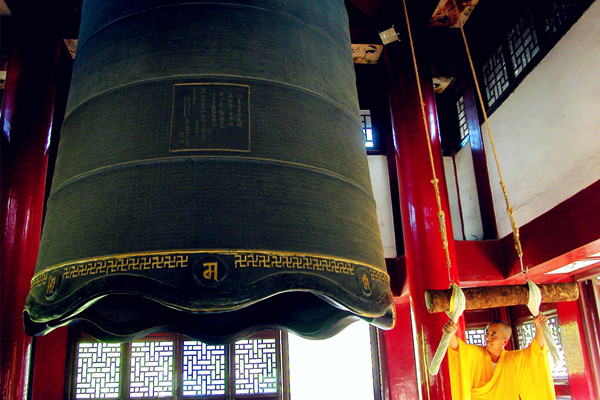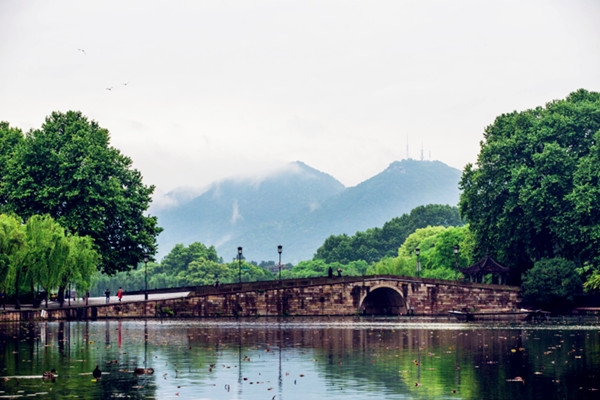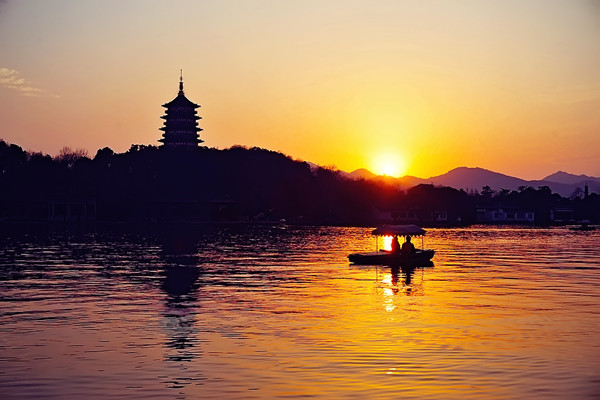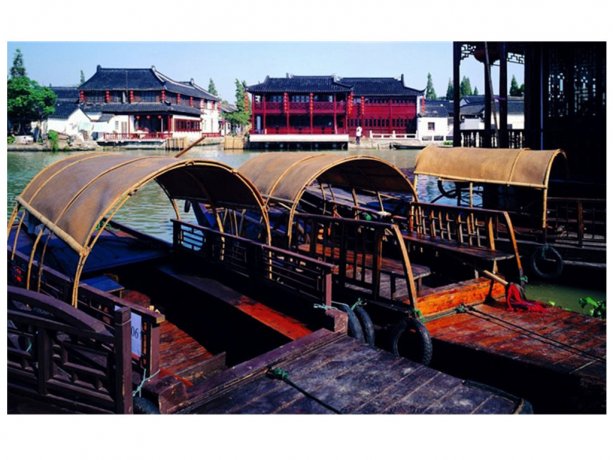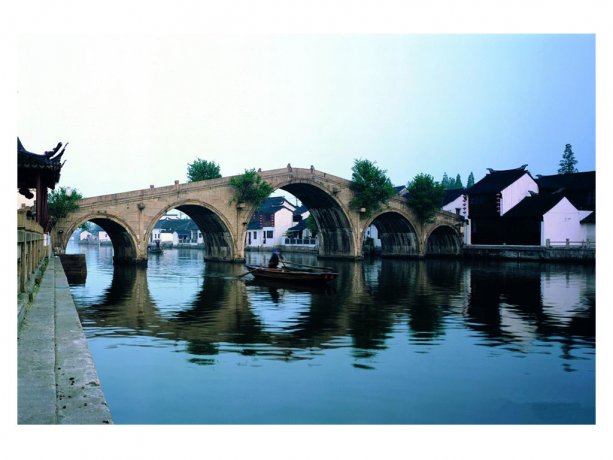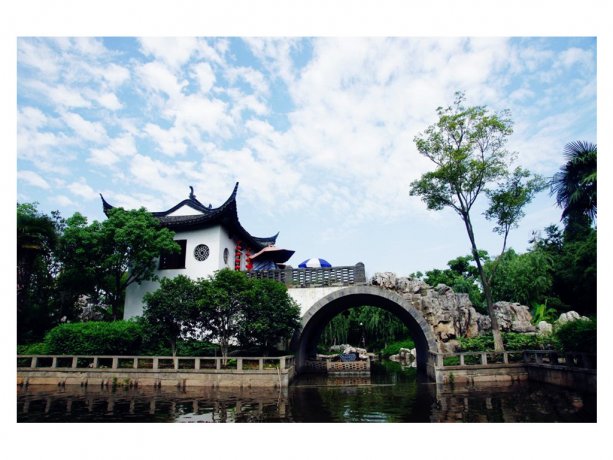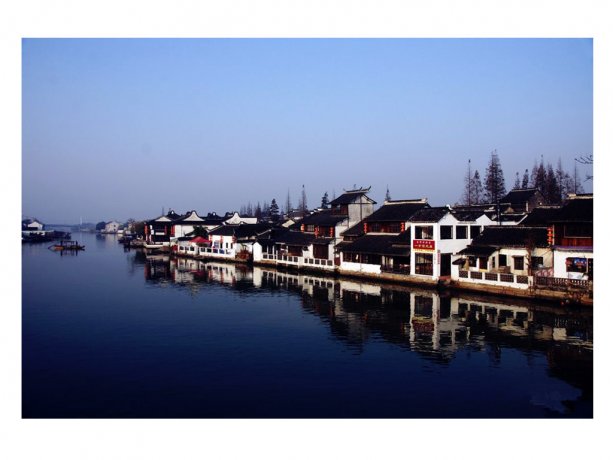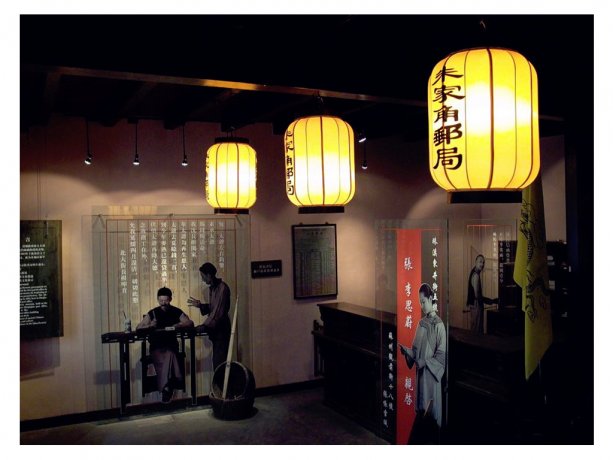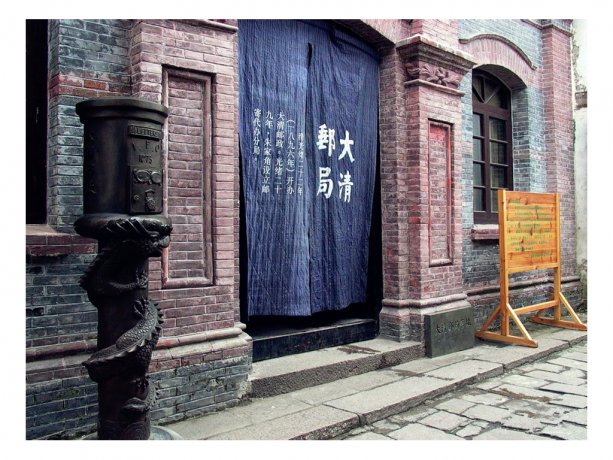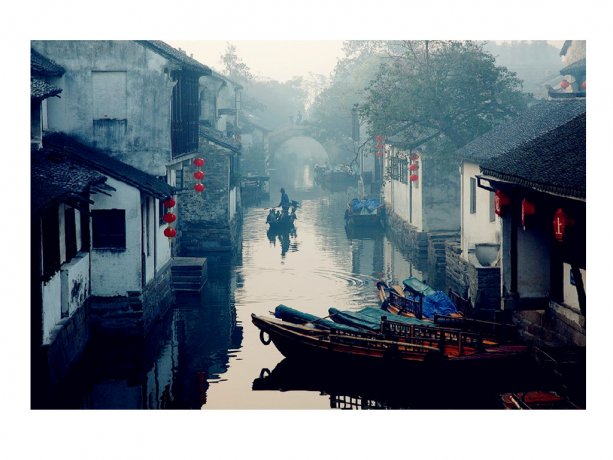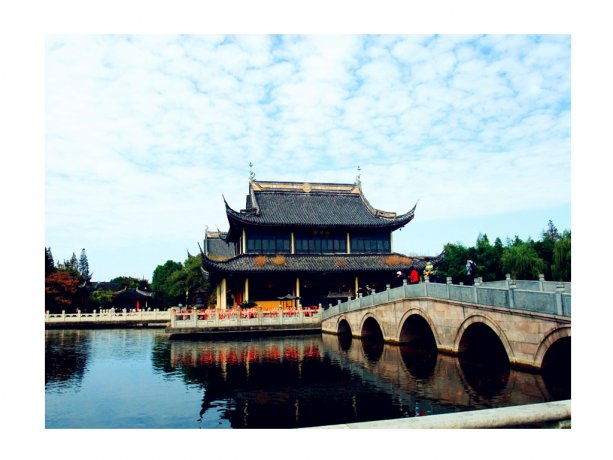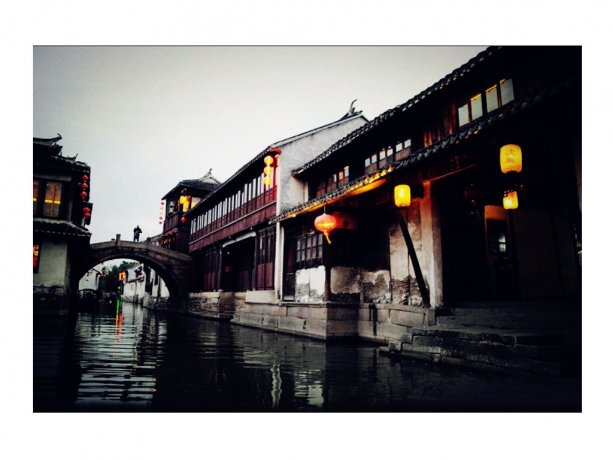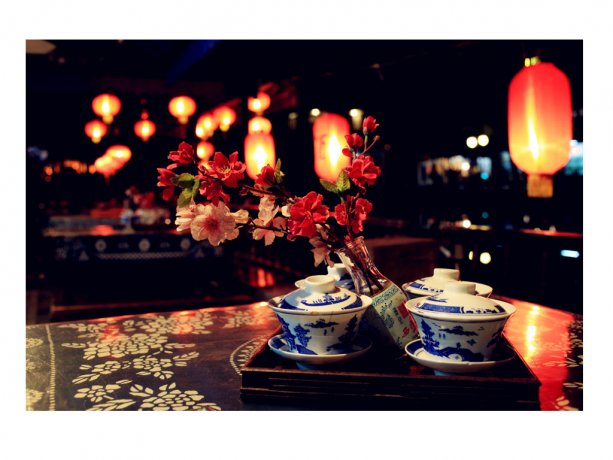Paradise in heaven, Suzhou and Hangzhou below, there is a Zhouzhuang. No doubt, the most representative ancient watery in China is Zhouzhuang, Zhouzhuang is one of the few places wherre you can experience the life of a typical Chinese water town. Acclaimed as ” Venice of the East”.
Zhouzhuang lies in the middle between Shanghai and Suzhou, is an ancient town of Kunshan city, Jiangsu province. 38 kilometers southeast of Kunshan city land, built the town over nine hundreds years of history. There are about 100 houses with courtyards, and 60 of them have arch gateways made by the carved bricks.
Zhouzhuang charm lies in her cultural implication, Shen hall, Fan building, former residence, yicheng virtual mount together, Quanfu temple, etc, has a very high places historic interest in the history, culture, and the ornamental value. As the famous painter Wu said” Mountain Huangshan build the beauty of mountains, Zhouzhuang sets the beauty of Chinese water.”
Sheng’s House
Sheng’s House is located to the southeast of Fu’an Bridge, on Nanshi Street. It was built in 1742 during the Qing Dynasty by Shen Benren, a descendant of Shen Wanshan who was a man of wealth in Southern China in the late Yuan(1206-1368) to early Ming Dynasties.
It consists of seven courtyards, five archways, more than 100 rooms of different size along two sides of a 100m long axis road, covering an area of 2000sq.m, offering a unique traditional Chinese architectural style.
It has three sections. The first includes the water gate and wharf for morning boats and washing. The second one consists of the Tea Hall and Main Hall for receiving guests and holding wedding or funeral ceremonies. The rear part serves as living quarters.
The main Hall covers 170sq.m. The 6 m high covered brick archway, facing the Main Hall, is the mos magnificent among the five, with the horizontal inscribed board bearing the inscription, Jihongliuguang(do more good for ever). Around the board are relief sculptures of figurines, animals, pavilions and opera characters.
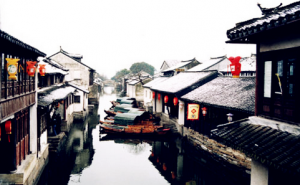
Twin Bridge
It consists of shide and Yong’an Bridge built between 1573 and 1619, and is situated to the northeast of the town.
The area is crossed by the Yinzi and Nanbei rivers, and the bridges are built in one in the direction of north- south and the other east- west, with one square and one round opening. Because they look like an ancient key, it is also known as Key Bridge.
Chen Yifei, a young artist residing in the U.S. created a picture” Memories of Hometown” based on the double Bridge in 1984. The painting , with Cheng’s other 37 works, were exhibited and bought by Dr. Armond Hammer, an American oil tycoon, and later presented to he late Deng Xiaoping. The painting symbolizes the friendship, cooperation, and peace between the two countries. In 1985, the painting was used on the dirst day covered issued by the U.N, so that more and more people come to know Zhouzhuang’s beauty.
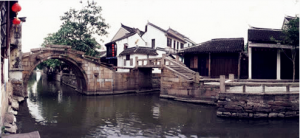
Zhang’s House
Zhang’s House is located at the south of the Twin Bridge on Beishi Street. Built between 1436 and 1449 by the offspring of Xu Kui, the brother of Zhongshan King Xu Da, it was sold to Zhang’s family in the early Qing Dynasty, after which it was called either Yuyan (Jade Swallow) Hall or Zhang’s House.
It has 6 courtyards and more than 70 rooms, covering more than 1800 sq.m. The first courtyard has side buildings on the east and west, with long and short windows. Yuyan Hall is the main building, large and bright with grand column on big nanmu pier bases, a rare Ming style. A river flows under the hall, with a square pool built in the middle section to allow boats to turn round. Its rear hall has open windows and balconies facing the water with a backyard of various plants and flowers.
The place now is an important cultural relic under protection of the provincial government.
Ye Chucang Residence
Ye Chucang (1887-1946), born in Zhouzhuang, was a poet of the South Society and a statesman, and was graduated from Suzhou High School. When he came home during winter vocation, he saw many people involving in gambling and opium, so he organized a group of young people to publicize the harm of these activities.
His residence, Zuyin Hall, located on Xiwan Street facing north, was built in the Qing Dynasty, consisting of five courtyards. The Main Hall is a studio and the Rear Hall is a place where Ye received friends.
v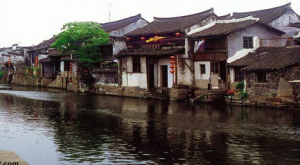
★ How is the weather in Zhouzhuang?
Situated in Yangtze River Delta, Zhouzhuang;s climate is typically subtropical with winds from southeast. Generally, Zhouzhuang’s annual precipitation is 1063mm, while hours of sunshine reach 2165 per year. The average annual temperature is 15.3°C. The lowest temperature is -5°C in the coldest January. The highest temperature is 36°C in July.
Zhouzhuang

